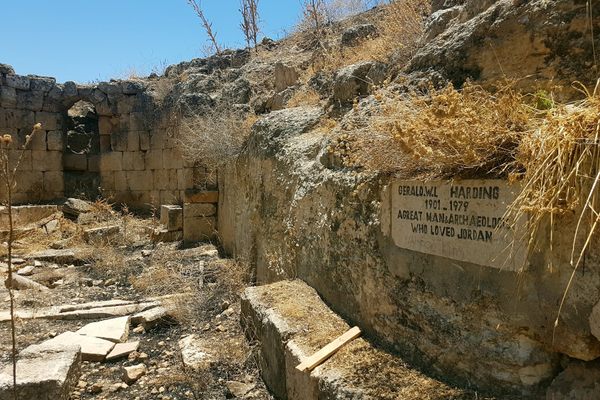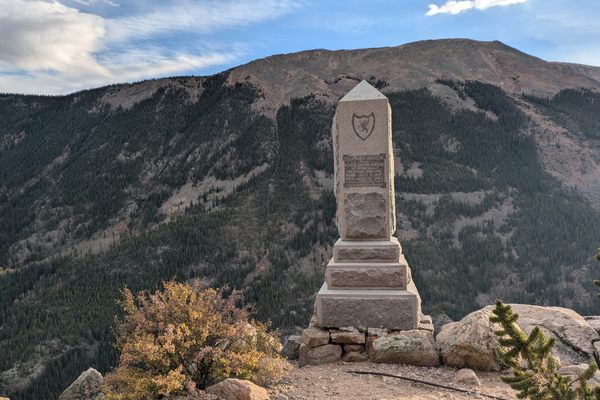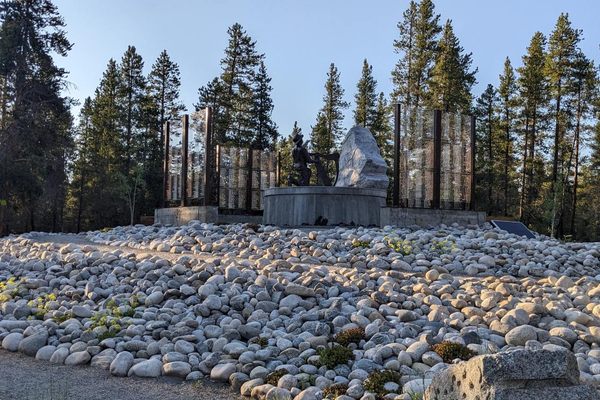About
The vast Eurasian steppe is peppered with collections of anthropomorphic stone memorials to ancestors, and some prime examples are tucked next to the Regional Museum of History and Folklore in Oskemen, Kazakhstan.
These stone stelae carved with human faces, called balbals, have been produced since the Bronze Age, dating back some 5,000 years. They were used, in various forms, by many cultures including Scythian, Turkic, Mongolian, and Kazakh.
Those found in Kazakhstan are not necessarily associated with burial sites (unlike the similar kurgan stelae), and although they are typically found facing westward, they have been discovered in a variety of contexts, presumably as symbols of veneration.
The style of balbals altered with time and gradually became more detailed in the depiction of human faces and sartorial accoutrement, although their precise purpose remains a mystery. Scholars believe they may honor tribal leaders, lead the deceased to the upper world, or depict vanquished enemies. Some Kazakhstan locals believe the balbals have magical properties and still leave offerings for them.
With the rise of Islam in Central Asia, the creation of balbals declined, as the religion has proscriptions against human representations. But examples still abound, projecting Kazakhstan’s ancient origins with stony silence.
Related Tags
Know Before You Go
The Regional Museum of History and Folklore is located within Kirov Park in the city of Oskemen (or Ust-Kamenogorsk in Russian).
Central Asia Road Trip: Backroads & Bazaars
A 2-Week, 4-Country Odyssey.
Book NowCommunity Contributors
Added By
Published
August 3, 2018





















